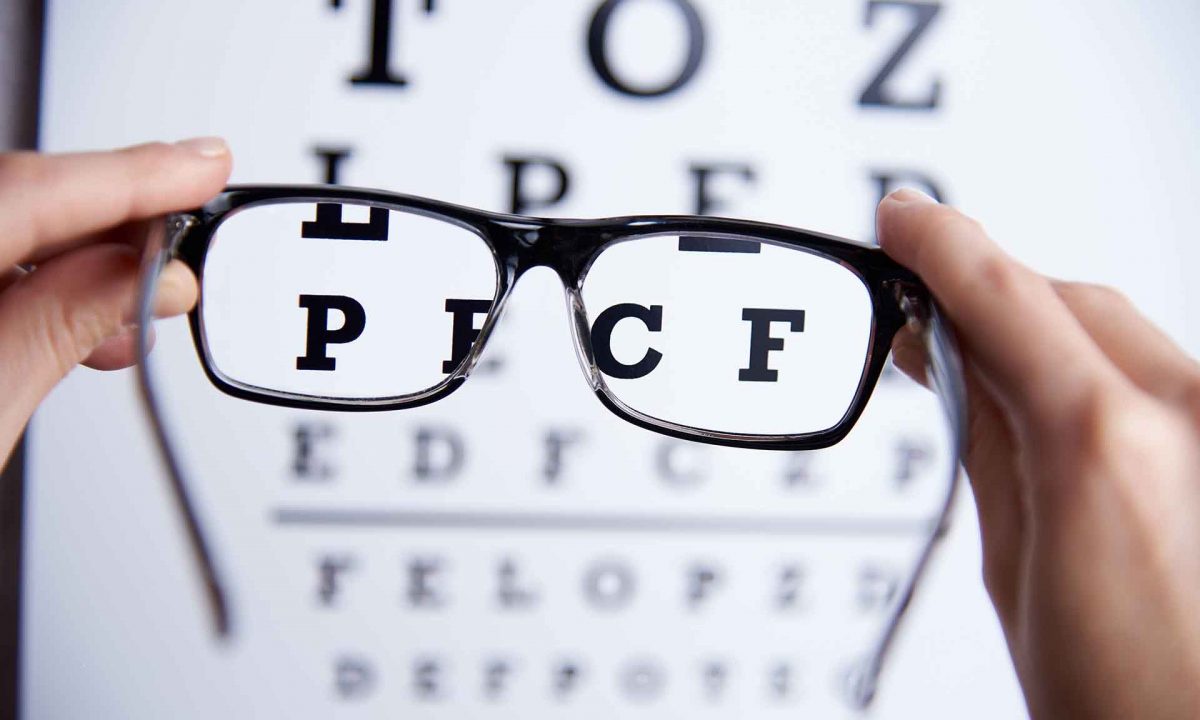Vision and learning are intimately related. Most of the learning process children go through in school is through visuals. Therefore, they need a clear vision to learn to read, identify what is written on the board, and see the materials well.
Many vision problems can be the direct cause of learning difficulties.
Aspects that influence
There are many aspects that influence when it comes to having a healthy and comfortable vision. Some are particularly important when it comes to learning:
Visual acuity
The child's vision should be clear at different distances: up close for books and papers, in the mid-range for computer screens, and at a distance for the teacher's instructions on the blackboard.
Some children need glasses to help them see clearly at a certain distance.
Eye focus
The child's eyes must be able to quickly shift focus from far away (the classroom blackboard) to near (a piece of paper on the desk) and vice versa
Eye alignment and tracking
The child's eyes must be coordinated and able to track together as they move from one word to another in a book or on the school blackboard. A misalignment of the eyes (such as crossing the eyes) can cause poor depth perception and blurred or double vision.
Colour vision
Colour blindness is more common in children than is thought. This should be noted as material may need to be modified for lessons and tests that require good colour discrimination, such as in geography or chemistry.
Problems in any of these aspects of vision can lead to symptoms of eyestrain, including headaches, tiredness, and inattention.
Detect Vision Problems
Many parents or teachers assume that any vision problems will be found during checkups at school or by the paediatrician. While these tests can help alert you to visual problems, they don't always detect more subtle problems.
Inability to focus closely or misalignment of the eyes, both of which can interfere with learning, may go unnoticed on these traditional assessments.
Here are some signs to watch for that may indicate a vision problem in children:
- Squint when reading or focusing your eyes.
- Cover or rub one or both eyes frequently. Perhaps this symptom could be minimised with artificial tears, but it should always be prescribed by a specialist.
- Eyes with a crossed appearance or that are not straight, or that cross in a punctual way.
- Turns head or tilts when trying to focus.
- Holds reading material or electronic devices too closely, or gets too close to the television.
- Headaches or eye pain after prolonged reading.
- Frequently loses the thread when reading.
- Avoid reading and other activities that require close focus.
- Shows disinterest in concentrated visual tasks, such as reading or looking at a screen for long periods of time.
If your child shows any of these signs, or if your paediatrician or school detects a vision problem, the experts of JLR Eye Hospital suggest that it's essential to see an ophthalmologist who specialises in children (a paediatric ophthalmologist or optometrist). This can prescribe some products to improve vision problems if the symptoms are mild.
Common vision problems in children
Myopia
As per the eye specialist- “Children with myopia see distant objects poorly and squint to better focus. Wearing glasses will help improve your vision, but it does not correct myopia, which can also increase during adolescence.”
Farsightedness
The child can see an object from a distance clearly but objects near him are not visible clearly. They usually end up with a headache after doing activities that involve the use of near vision for some time. He corrects himself with glasses and usually disappears over time.
Astigmatism
It occurs because the cornea has an irregular shape, which causes part of the images to be focused in front of the rest, resulting in blurred vision. It can be detected because they turn their heads to look at some object since there is a part of the cornea with which they focus better. Like myopia, it is not curable but can be treated with glasses.
Lazy eye
It occurs when one eye loses a significant degree of vision. Little by little, the nerves that carry information from the eye to the brain stop working, and the child ends up depending on only one eye to see. The treatment is carried out by wearing glasses and placing a patch on the healthy eye to force it to look with the other and recover vision little by little.
Squint
One or both eyes deviate from the ocular axes and lose their natural alignment. It may be a problem with the muscles of the eye or a problem derived from another visual disorder. When associated with other problems such as nearsightedness or farsightedness, glasses can help correct the deviation of the eyes.
However, in more complicated cases surgery may be necessary. It might be challenging to identify children's eyesight issues. Most children do not complain about vision problems because they do not recognise them and do not realise that their vision could improve, they learn to live with them.
This is particularly true if the issue just affects one eye. So it never hurts to always be alert during the child's growth and go to a specialist regularly or when we detect any peculiar situation.


No comments yet